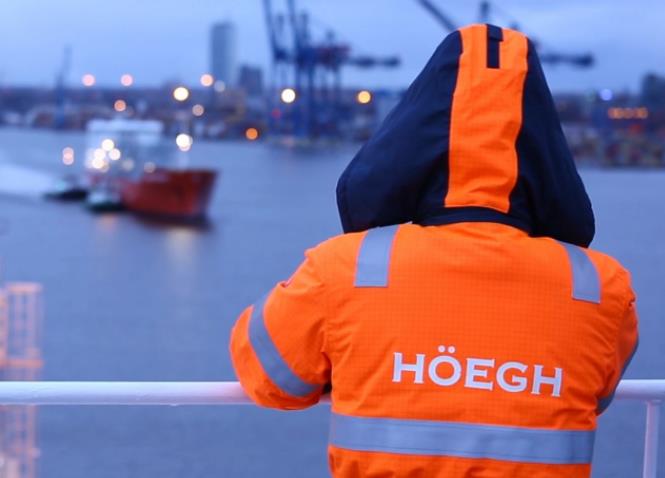Floating player Hoegh LNG said it has joined forces with Norway-based Gen2 Energy to work on the development of a seaborne logistics chain for green hydrogen.
The partnership targets to take a “first mover position in seaborne transport of green hydrogen, a market that does not exist on a large scale today,” Hoegh LNG said on Tuesday.
Green hydrogen can be produced at “cost competitive” levels, but several of the optimal production sites are at remote locations, making transport by land expensive, according to the FSRU owner.
By transporting hydrogen at sea, the two firms aim to reduce both transport cost and CO2 emissions “significantly,” Hoegh LNG said.
Hoegh LNG said its contributions mainly relate to the experience of shipping and import of natural gas, establishing energy infrastructure and maintaining complex logistics chains.
On the other side, Gen2 Energy would contribute with its knowledge and experience in production and safe handling of green hydrogen.
Together, the partners would also explore the use of carbon-free propulsion systems for vessels and the potential for injection of hydrogen into the natural gas transmission grids, the firm said.
Green hydrogen supply to European markets
Besides the cooperation, Hoegh LNG has also purchased a minority stake in Gen2 Energy.
Sveinung Stohle, CEO of Hoegh LNG, welcomed the deal with Gen2Energy on seaborne hydrogen transportation, a “critical element” of the hydrogen value chain.
“Gen2Energy has the potential to be one of the first large scale suppliers of green hydrogen to market with Hoegh LNG taking a leading infrastructure role,” he said.
Gen2 Energy’s CEO Jonas Meyer said the deal brings the firm one step closer to the goal of providing European energy markets with “fossil-free” hydrogen on a large scale.
In addition, he said the deal also “fits very well” with Gen2 Energy’s announcement with Port of Cromarty Firth last week.
Gen2 Energy has signed a memorandum of understanding with the Scottish firm Port of Cromarty Firth to create a commercial pathway to export green hydrogen from Norway into the UK energy market.
According to Meyer, this represents the first-ever export agreement for green hydrogen from Norway.

